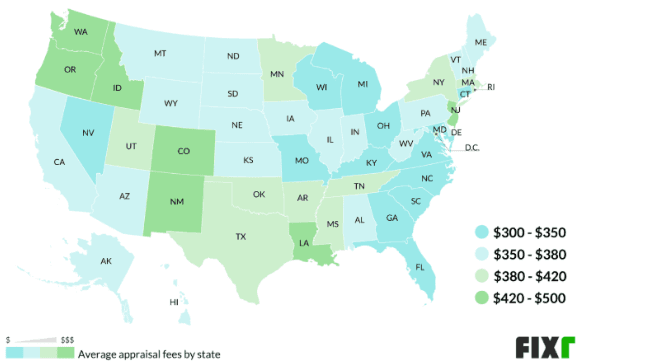UAD 3.6: What Fannie Mae and Freddie Mac Are Saying and Its Impact on the Appraisal Industry
UAD 3.6, introduced by Fannie Mae and Freddie Mac, is set to modernize and standardize the appraisal process, enhancing data quality and consistency. By streamlining reports and aligning with the MISMO® Reference Model, UAD 3.6 aims to improve efficiency and provide more relevant property details. This transformation presents revenue opportunities for appraisers through increased efficiency and enhanced data quality, although it requires investment in training and technology. Appraisers who adapt quickly are poised to benefit from the evolving industry landscape.

Spearheaded by Fannie Mae and Freddie Mac, the new UAD 3.6 is on pace to transform the appraisal industry. This initiative aims to modernize and standardize the appraisal process, enhancing data quality and consistency across the board.
Fannie Mae and Freddie Mac's Perspective on UAD 3.6
Both Fannie Mae and Freddie Mac have emphasized the importance of the UAD 3.6 update in streamlining the appraisal process and improving data accuracy. The redesigned UAD aligns with the industry-standard MISMO® Reference Model Version 3.X and overhauls the uniform appraisal forms to establish a more flexible, dynamic structure for appraisal reporting.
In their announcements, the agencies highlight that the new UAD will enable the removal of unnecessary sections, making reports more streamlined and informative. This approach benefits appraisers and clients alike by highlighting details that truly impact property values.
Furthermore, Fannie Mae and Freddie Mac have published a detailed implementation timeline for the industry migration to UAD 3.6 and the dynamic Uniform Residential Appraisal Report (URAR), providing specific implementation dates to help the industry develop more detailed plans for implementation activities.
Potential Revenue Implications for the Appraisal Industry
The introduction of UAD 3.6 is poised to have several financial implications for the appraisal industry:
- Increased Efficiency Leading to Cost Savings: By streamlining the appraisal process and eliminating redundant sections, appraisers can focus on the most pertinent aspects of property valuation. This efficiency could lead to reduced time per appraisal, allowing appraisers to handle a higher volume of work, potentially increasing their revenue.
- Investment in Training and Technology: The transition to UAD 3.6 will require appraisers to invest in new software and training to adapt to the updated standards. While this represents an upfront cost, the long-term benefits of staying current with industry standards may outweigh the initial expenses.
- Enhanced Data Quality Attracting More Clients: With improved data accuracy and consistency, appraisers may find that their services are in higher demand, as lenders and other stakeholders seek reliable and standardized appraisal reports. This could lead to increased business opportunities and, consequently, higher revenue.

Conclusion
While the implementation of UAD 3.6 by Fannie Mae and Freddie Mac aims to modernize the appraisal process and improve data quality, it also presents opportunities for increased efficiency and potential revenue growth within the appraisal industry. Appraisers who proactively embrace these changes and invest in the necessary training and technology are likely to reap the benefits in the evolving landscape.